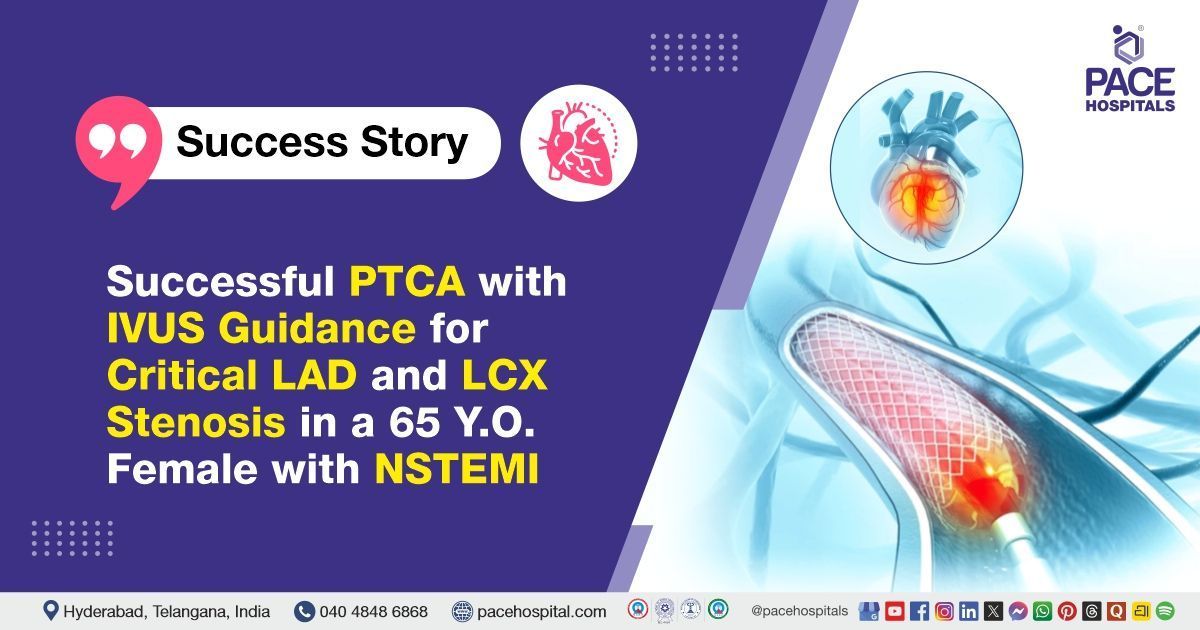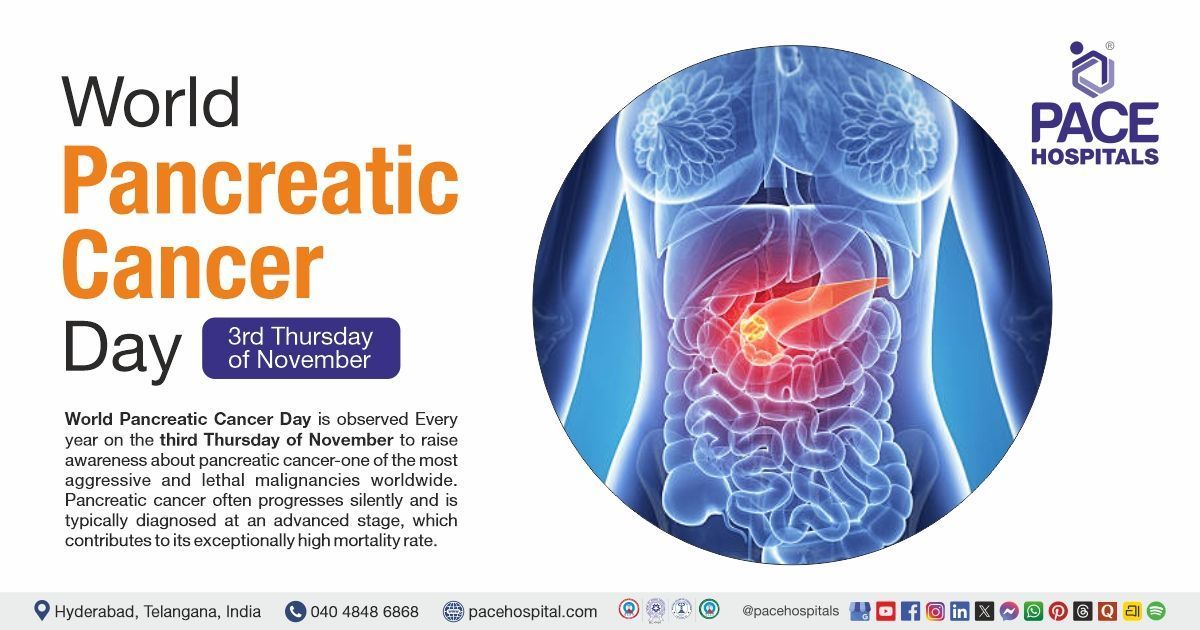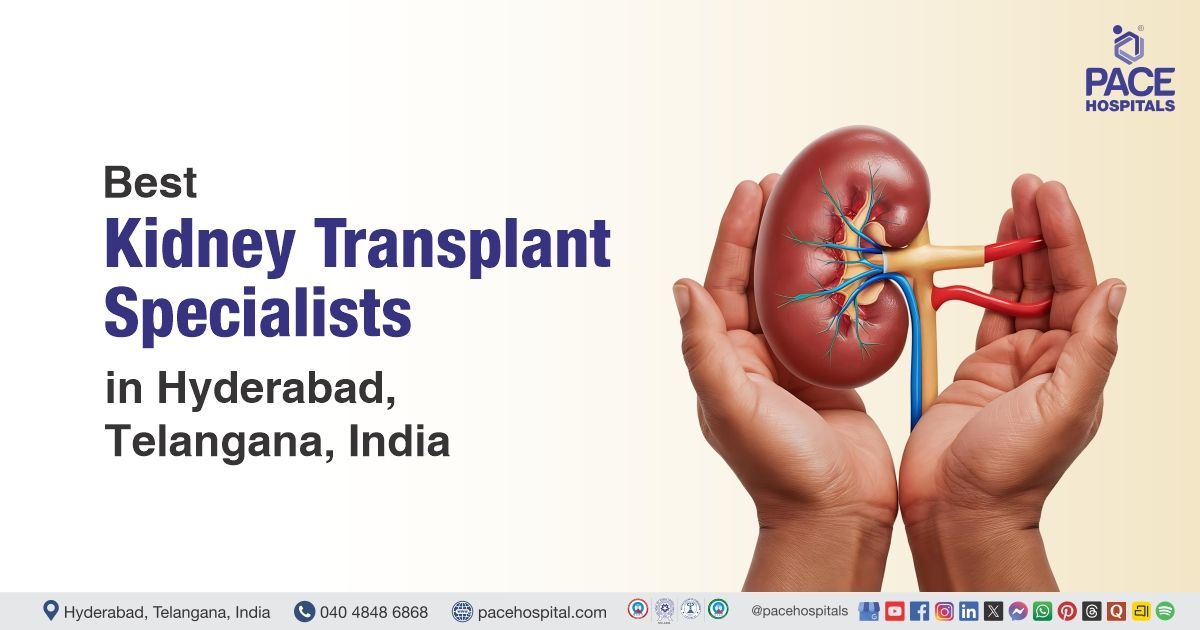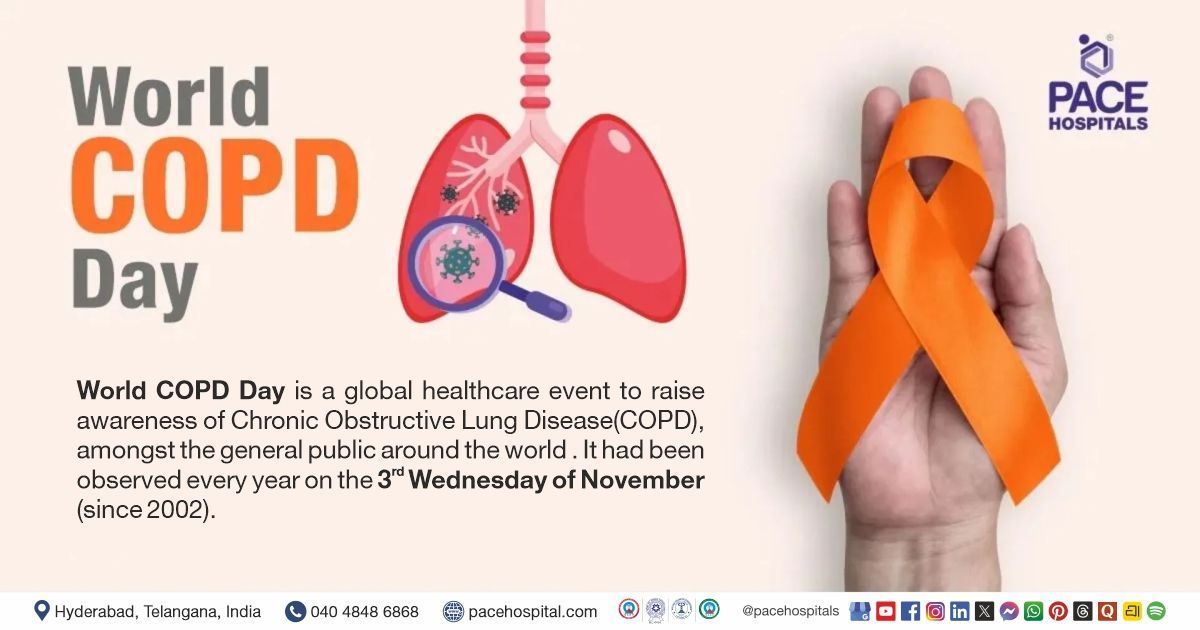Successful PTCA with IVUS Guidance for Critical LAD and LCX Stenosis in a 65 Y.O. Female with NSTEMI
PACE Hospitals
PACE Hospitals’ expert cardiology team successfully performed a
Percutaneous Transluminal Coronary Angioplasty (PTCA) of the Left Anterior Descending (LAD) artery and Left Circumflex (LCX) artery using Intravascular Ultrasound (IVUS) guidance in a 65-year-old female diagnosed with Coronary Artery Disease (CAD) and Non-ST Elevation Myocardial Infarction (NSTEMI). The aim of the procedure was to restore normal blood flow to the heart muscle by treating the critical stenosis, thereby relieving anginal symptoms, preserving left ventricular function, and reducing the risk of future cardiac complications.
Chief Complaints
A 65-year-old female patient with a
body mass index (BMI) of 22 presented to the Cardiology Department at
PACE Hospitals, Hitech City, Hyderabad, with chief complaints of anginal chest pain at rest. There was no associated history of shortness of breath (SOB) or palpitations. She was admitted for further evaluation.
Past Medical History
There is no documented history of other chronic conditions, such as diabetes, hypertension, or liver disease, at the time of admission.
On Examination
On examination, the patient was conscious, cooperative, and oriented. There was no pallor, icterus, cyanosis, or pedal edema. Vital signs were stable. Cardiovascular examination revealed normal heart sounds without murmurs. Respiratory examination showed clear bilateral breath sounds with no added sounds. The abdomen was soft and non-tender, with no ascites. Neurological examination was normal, with no focal deficits noted.
Diagnosis
Upon admission to PACE Hospitals, the patient was evaluated by the cardiology team, which included a detailed review of her presenting symptoms and a comprehensive clinical examination. The patient underwent a comprehensive diagnostic evaluation to determine the extent of coronary artery disease.
Coronary angiography (CAG) confirmed significant Coronary Artery Disease (CAD) with 99% stenosis in the left anterior descending (LAD) artery and 90% stenosis in the left circumflex (LCX) artery. Echocardiography demonstrated good left ventricular (LV) function, consistent with the clinical findings.
Based on these confirmed findings, the patient was advised to undergo
Coronary Artery Disease Treatment in Hyderabad, India, under the expert care of the Cardiology Department.
Medical Decision Making
After a detailed consultation with Dr. Seshi Vardhan Janjirala, Consultant Interventional Cardiologist, a comprehensive evaluation was conducted focusing on the patient’s coronary artery disease (CAD) with critical stenosis in two major vessels. Clinical and diagnostic findings confirmed 99% stenosis in the left anterior descending (LAD) artery and 90% stenosis in the left circumflex (LCX) artery.
It was determined that Percutaneous Transluminal Coronary Angioplasty (PTCA) of the LAD and LCX arteries under Intravascular Ultrasound (IVUS) guidance was identified as the most appropriate intervention to restore coronary blood flow, relieve anginal symptoms, and reduce the risk of further ischemic events.
The patient and her family members were informed about her diagnosis, the planned procedure, associated risks, and expected benefits aimed at preserving heart function and enhancing her overall prognosis.
Surgical Procedure
Following the diagnosis, the patient was scheduled for a Percutaneous Transluminal Coronary Angioplasty (PTCA) Procedure in Hyderabad at PACE Hospitals, with stent placement to the left anterior descending (LAD) and Left Circumflex (LCX) arteries, guided by Intravascular Ultrasound (IVUS).
The procedure involved the following steps:
- PTCA and Stent Placement in LAD: Angiography revealed 99% stenosis in the left anterior descending (LAD) artery. A 2.75 × 44 mm Boston Scientific drug-eluting stent was deployed successfully, restoring vessel patency.
- IVUS Guidance: Intravascular ultrasound (IVUS) was utilized during the intervention to guide stent positioning and ensure optimal expansion, confirming proper stent apposition and reducing procedural risks.
- Stenting of LCX Artery: The left circumflex (LCX) artery with 90% stenosis was treated with a 3 × 20 mm Boston Scientific drug-eluting stent. The procedure was similarly guided with IVUS for accuracy and safety.
- Restoration of Blood Flow and Final Assessment: Post-procedure angiography confirmed successful restoration of blood flow with good left ventricular function. The procedure was completed uneventfully, and the patient remained hemodynamically stable throughout.
Postoperative Care
The procedure and post-procedure course were uneventful. During her hospital stay, she received antiplatelet therapy and supportive therapy to optimise cardiac function and prevent complications. The vascular access site was monitored regularly for any issues. After achieving stable recovery, the patient was discharged in good condition with detailed instructions on strict medication adherence, lifestyle modifications, and follow-up care.
Discharge Medications
Upon discharge, the patient was prescribed dual antiplatelet therapy to prevent thrombosis and maintain stent patency. A statin was prescribed to control cholesterol and reduce cardiovascular risk. A gastroprotective medication was given to prevent gastric irritation.
Emergency Care
The patient was informed to contact the emergency ward at PACE Hospitals in case of any emergency or development of symptoms such as chest pain, shortness of breath, abdominal pain, or vomiting.
Review and Follow-up Notes
The patient was advised to return for a follow-up visit with the Cardiologist in Hyderabad at PACE Hospitals, after 2 weeks, to review her condition.
Conclusion
This case highlights the timely diagnosis and successful management of critical coronary artery disease with LAD and LCX. PTCA with drug-eluting stent placement under IVUS guidance was performed. The intervention successfully restored coronary blood flow and relieved symptoms. The patient recovered well postoperatively and was discharged in stable condition.
Targeted Intervention in Critical Coronary Artery Disease
Timely diagnosis and prompt intervention are crucial in the management of high-risk coronary artery disease. In this case, severe stenosis of the LAD and LCX arteries was effectively treated using percutaneous transluminal coronary angioplasty (PTCA) under intravascular ultrasound (IVUS) guidance. The use of IVUS provided accurate visualization, optimized stent deployment, and reduced the risk of complications.
A patient-centered approach led by an experienced
Cardiologist / Heart Specialist ensured careful assessment of clinical status and individualized treatment planning. Integrating advanced imaging with precise intervention facilitated safe restoration of coronary blood flow and relief of anginal symptoms. Continued advancements in interventional cardiology highlight the importance of early recognition, evidence-based therapies, and structured follow-up in improving survival and quality of life for patients with complex coronary artery disease.
Share on
Request an appointment
Fill in the appointment form or call us instantly to book a confirmed appointment with our super specialist at 04048486868











